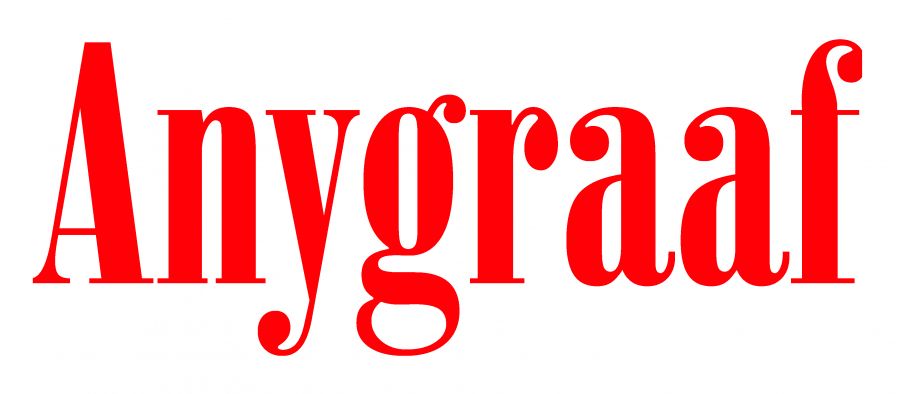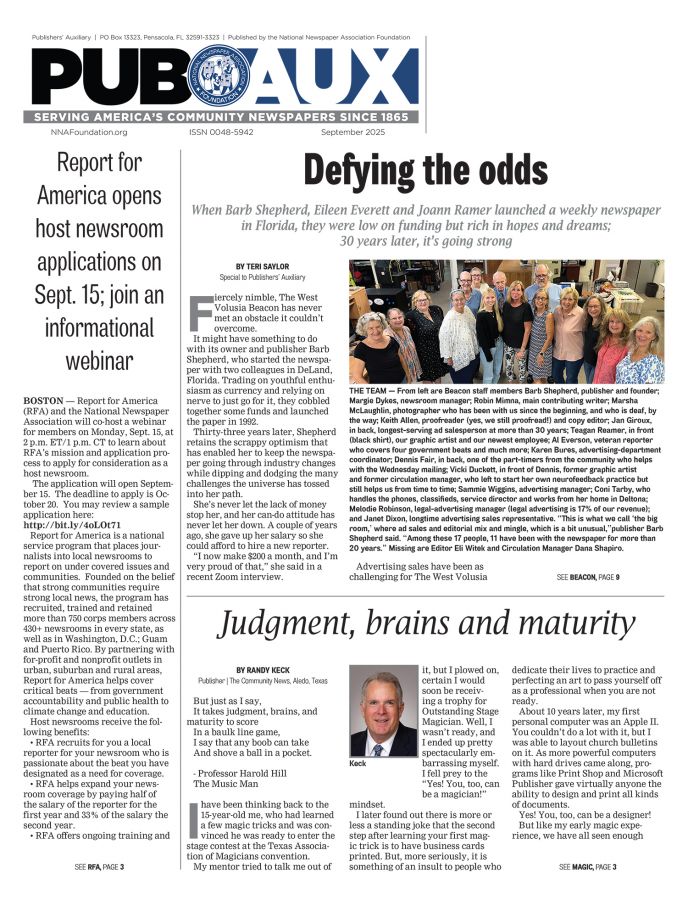Impress upon readers the underlying value of public records
May 1, 2024


Hardly a year passes without legal requirements for public notices coming under assault. It’s happening this year in the Minnesota Legislature, where the Minnesota School Boards Association is seeking authority for school districts to remove public notices from newspapers.
The initiative comes on the heels of Alden Global Capital shutting down eight community newspapers. The proposal not only attacks the essence of open government; it also significantly decreases citizen access to vital information.
The Minnesota effort runs counter to activity elsewhere. Legislation introduced in 2024 suggests state legislatures are growing increasingly comfortable allowing news websites to serve as an alternative source of official notice, according to the Public Notice Resource Center and National Newspaper Association. Legislators should say “no” to the school boards’ proposal.
The debate over public notices puts the spotlight on the broader arena of public information. Unlike legal notices, there’s no statutory requirement to publish a litany of government data. Yet, the information is public, and newspapers should take time to explain the underlying value of documenting data collected by government agencies.
To no surprise, many people are rankled by the publication. We’ve all received the complaints. For example, a reader asks: “Why is it necessary to print the dollar amount of all building permits? Wouldn’t it suffice to acknowledge a household remodeling project without a price tag?”
The reader didn’t say it, but the editor is certain what was on her mind: “The dollar value is only for snoopy neighbors.”
On the surface, the argument appears legitimate. Simply reporting that a permit was issued would serve the purpose of monitoring local construction.
But newspapers should think twice when setting guidelines for how to treat the scope of government data. The example of building permits underscores the predicament. If newspapers honor one request to withhold public information, other individuals will likely seek special consideration. The result is an incomplete record with no justification or standards.
Consider these examples I encountered during my tenure as editor.
Ambulance runs: It’s newsworthy to report people transported from accident scenes, most people agree — although that is not a universal opinion. But they quickly call it an invasion of privacy to list ambulance calls to homes.
Traffic tickets: It makes sense to identify individuals ticketed for drunken driving, many would likely say, but is it really necessary to print every speeding ticket?
Bankruptcies: It might be newsworthy to report a business bankruptcy, many argue, but what’s the public good of drawing broader attention to an individual’s financial problems?
Every documentation of a public record has its detractors. I recall when a woman threatened to sue our newspaper because we identified her son, who was injured in a bicycle accident. She said the report would reveal her location to her ex-husband, although he did not live in our circulation area and was unlikely to see the newspaper. She delivered some choice words and hung up the phone; her attorney never called. As upset as she was, the information was public, and we deemed it newsworthy.
In today’s fractured media landscape, newspapers should take seriously their role as a record of their communities — a living history. Public records are a major ingredient in that chronicle. But there’s a greater reason for carrying these reports beyond simply being a public record. Altogether, the information presents a community’s pulse.
Consider the broader public value. For example, burglary reports alert a neighborhood to suspicious activity. Bankruptcy notices warn unsuspecting merchants who might otherwise take a financial hit through unpaying customers.
Specific to building permits, the dollar value of business construction or a new home is valid. It offers a sense of the market, especially for those considering purchasing or building themselves. It’s difficult to justify listing the value of those permits but omit the data for remodeling projects.
Editors readily accept that many people are less than enthusiastic when reading their names in a public record. But imagine the reaction if readers know information was withheld simply due to a person’s request.
The strongest defense is to treat public records with a level playing field. Exceptions should be rare. Readers are best served by a full menu of public data rather than a selective serving.
Preserving the publication of legal notices rises to an even higher threshold. As the Minnesota Newspaper Association underscores, the notices are paramount to the spirit of transparency that underpins democracy and Minnesota’s history of open government.
Jim Pumarlo is former editor of the Red Wing (Minnesota) Republican Eagle. He writes, speaks and provides training on community newsroom success strategies. He is author of “Journalism Primer: A Guide to Community News Coverage,” “Votes and Quotes: A Guide to Outstanding Election Coverage” and “Bad News and Good Judgment: A Guide to Reporting on Sensitive Issues in Small-Town Newspapers.” He can be reached at www.pumarlo.com and welcomes comments and questions at jim@pumarlo.com.









